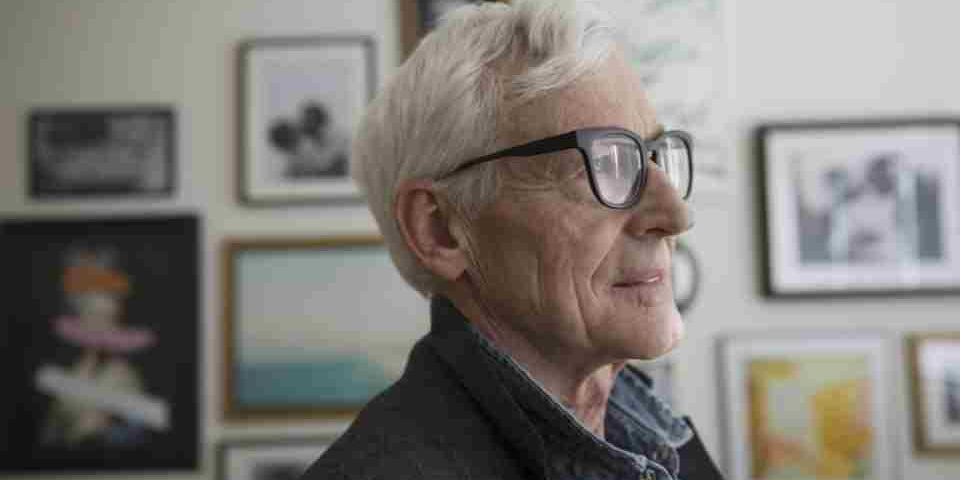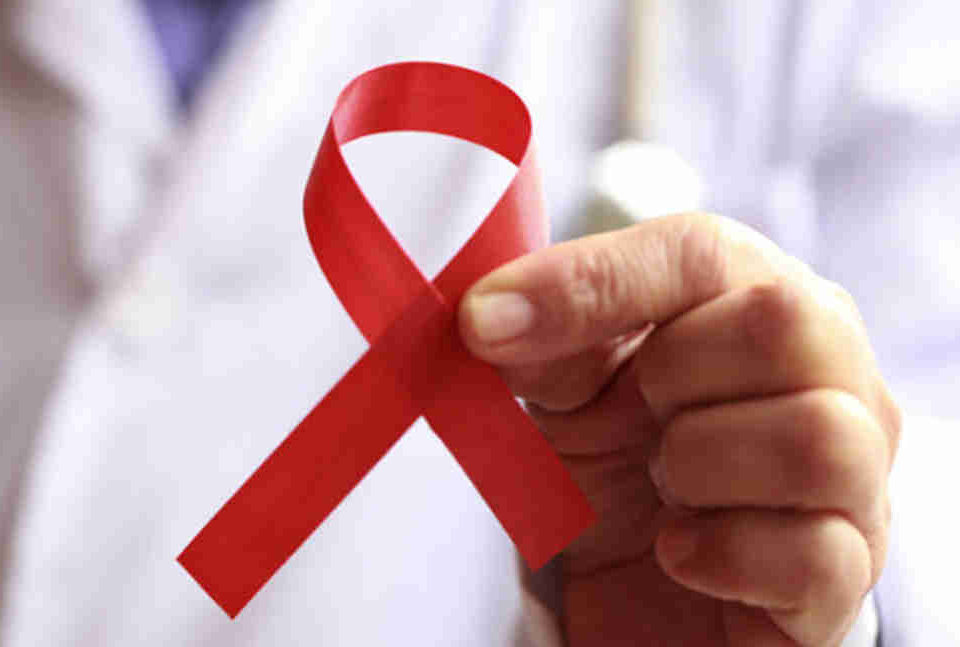- 如有疑问,请联系电邮
- customer@ihealth66.com
USNEWS:老年人应该对视力丧失的问题有所了解

USNEWS:学校的心理健康教育对学生有何益处?
2019年3月5日
USNEWS:1型糖尿病饮食
2019年3月14日By Elaine K. Howley
对我们大多数人来说,40岁意味着我们健康的几个方面发生了变化。其中最引人注目的是我们如何看待特写镜头的变化。这种情况被称为老花眼,它不同于花园式的远视,是由于眼睛中的晶状体失去了灵活性造成的——晶状体变得更加坚硬,而且很难聚焦在你附近的物体上。这是一个相对容易纠正的问题——我们中的许多人只需要一副“骗子”的阅读眼镜或一个手电筒,就可以帮助浏览餐厅菜单和其他低光区域的小字体。其他人则认为是时候戴上第一副处方眼镜了。
但随着年龄的增长,我们的眼睛也在不断变化。这些变化可能需要一对廉价的读者来纠正,而改变眼睛健康也可能对整体健康产生影响。俄亥俄州立大学哈夫纳眼科研究所位于哥伦布的韦克斯纳医学中心的眼科医生莫娜·阿黛丽博士说:“随着年龄的增长,你可以预料到某些变化,其中一些是随着年龄的增长而普遍存在的。”其他情况下,“我们更可能随着年龄的增长而发展,但是不一定是正常老化过程的一部分。”
三种最常见的眼部疾病,往往会在以后的生活中出现:白内障,黄斑变性,青光眼。
FOR MOST OF US, HITTING age 40 signals a time of change with regard to several aspects of our health. One of the most noticeable is a change in how we see close-up objects. Called presbyopia, this condition is different from garden-variety farsightedness and results from a loss of flexibility of the lens in the eye – the lens gets more rigid and it’s simply more difficult to focus on objects near to you. It’s a relatively easy problem to correct – many of us simply reach for a pair of “cheater” reading glasses or a flashlight to help navigate the fine print of restaurant menus and other small type in low-lit areas. Others find it might be time for that first pair of prescription glasses.
But as we continue to age, our eyes continue to change. Those changes may require more than a cheap pair of readers to correct, and changing eye health can also have implications for overall health. Dr. Mona Adeli, an ophthalmologist with the Havener Eye Institute at The Ohio State University’s Wexner Medical Center in Columbus, says “there are certain changes that you can expect as you get older, some of which are kind of universal to most people as they age.” Other conditions, “we’re just more likely to develop with age, but are not necessarily part of a normal aging process.”
The three most common eye conditions that tend to arise later in life are:
- Cataracts
- Macular degeneration
- Glaucoma
Cataracts
Cataracts is the term used to describe when the natural lens inside the eye becomes cloudy. “You have a clear lens in your eye that helps focus light on the back of the eye or the retina,” a patch of light-sensitive cells, Adeli explains. “Once you get older, the lens can get cloudy, and once it becomes cloudy, we call that a cataract.”
Symptoms may include a gradual or progressive decrease in vision. Adeli says many people begin to notice that their glasses are no longer helping to correct their visions. “They also will frequently notice problems from the glare of bright lights, particularly when driving at night.”
Adeli says everyone can expect to eventually “develop cataracts with age if they get old enough. Some people may be more symptomatic from their cataracts and require surgery sooner rather than later, but really everyone can expect to develop cataracts,” given enough time. The American Academy of Ophthalmology reports that “cataracts affect more than 24.2 million Americans age 40 and older. By 75, approximately half of all Americans have cataracts.”
Although not all cataracts cause vision loss severe enough to interfere with your daily activities, for some people, they can cause blindness. Dr. Rishi Singh, staff physician with the Cole Eye Institute at the Cleveland Clinic, says “cataracts are the most common cause of visual blindness across the world.”
However, they are highly treatable, and vision loss caused by cataracts is usually reversible. Using a surgical procedure, your ophthalmologist can remove the clouded lens and replace it with a specially designed artificial lens. “It’s a plastic lens that’s custom fit or measured to be in the eye to help you see better,” Singh says. This procedure is done thousands of times each day across the U.S. “Cataract surgery is the most common outpatient procedure done in the United States across all specialties,” Singh says. “It’s incredibly common – about 2 million adults have cataract surgery each and every year, and it’s a very effective and safe procedure.”
Adeli notes that this area of vision care has improved greatly over the past few decades. Previously, surgery to correct cataracts would remove the cloudy lens, but there wasn’t anything to replace it with, so “after cataract surgery, patients wore very thick Coke-bottle glasses. But now we have artificial lenses that can correct vision and minimize the need for glasses after surgery.” These artificial lenses, which could be thought of as a sort of internal contact lens, can often function nearly as well as your original lens did before the cataract developed.
Macular Degeneration
As the name implies, macular degeneration is a condition in which the macula – a part of the retina – degenerates, or loses function. There are two forms of macular degeneration – dry (non-neovascular or non-exudative) and wet (neovascular or exudative). The AAO reports that nearly 11.2 million Americans aged 50 and older have macular degeneration.
The American Macular Degeneration Foundation reports that about 90 percent of all cases of age-related macular degeneration are the dry form, in which the cells of the macula atrophy, and drusen – small piles of waste from the cells – may buildup on the retina. Singh says the dry form typically results in a slow progression of vision loss.
In some cases, dry macular degeneration can convert into the wet form, which Singh says causes “aggressive vision loss.” This disease, which accounts for about 10 percent of all cases of age-related macular degeneration, can cause blindness faster. With the wet form, new blood vessels grow behind the retina, but they are weak and can leak fluid and blood. This leakage can cause scar tissue to develop that prevents the retina from doing its job.
Macular degeneration is characterized by a gradual, progressive decline in vision. “Patients may notice they need more light in certain conditions and they may even notice distortions in their vision. Straight lines may start to look wavy and there might be missing spots in their vision,” Adeli explains. Because of this, most patients are advised to monitor their vision at home with an Amsler grid – a simple black and white image of a grid – that can help you ascertain quickly whether new distortions to your vision have developed.
Patients with the wet form may need injections of medicine into the eye, which would be completed as a clinic procedure. Some with the dry form may be able the manage the disease with eye drops and vitamins that support vision, such as lutein, vitamin C and vitamin E.
Glaucoma
The National Eye Institute reports that “the optic nerve is a bundle of more than 1 million nerve fibers.” This bundle connects the retina to the brain and enables sight. Glaucoma damages the optic nerve, causing optic neuropathy. Glaucoma results from an increase in pressure in the eye because of a buildup of fluid in the front part of the eye. Over time, this pressure can lead to vision loss. The AAO reports that glaucoma affects more than 2.7 million Americans aged 40 and older.
Glaucoma may not be noticeable at first, because “it typically affects your peripheral vision first,” Adeli says. Some people will only begin to notice an issue when that vision loss creeps into the center of their field of vision. Singh says glaucoma causes “a silent loss of vision over time,” and that getting regular check-ups from your eye doctor is a good way to prevent it from sneaking up on you. “Glaucoma is typically treated with topical eye drops,” Singh says.
Adeli says macular degeneration and glaucoma “are much more common as you get older, but not everyone develops these conditions.” Still, age is a risk factor, as well as family history. Both are treatable, but both can lead to irreversible vision loss if not treated appropriately.
Other Systemic Disease
In addition to screening for diseases of the eye, Singh says your ophthalmologist can be an important health ally in spotting other potential problems, as the eyes can provide a window into our overall health. “I sometimes see patients who have their first retinal hemorrhage, (bleeding of the retina) and it turns out to be the first sign of diabetic retinopathy,” a complication of diabetes that damages blood vessels in the retina. In some patients, they might not even know they have diabetes prior to that visit to the ophthalmologist. Spotting these changes in the eye can alert your doctor to the underlying problem and start effective treatment.
Similarly, Singh says sometimes an ophthalmologist might notice the signs of a brain tumor, which can help patients get better treatment faster. Other conditions may show themselves in the eye. Therefore, it’s important to see your ophthalmologist regularly to help not just with eye health, but the rest of the body, too. “As eye doctors, we can help diagnose not only local (diseases), but also maybe the systemic conditions that go along with it.”
Caring for Aging Eyes
“Routine follow-up is important to catch some of these problems earlier rather than later,” Adeli says, and she recommends a baseline eye examination when you hit the age of 40 if you haven’t already been seeing an ophthalmologist or optometrist regularly as a younger adult.
The AAO also recommends that adults get a complete eye examination at age 40, as “this is when early signs of disease or changes in vision may appear.” Once you hit the age of 65, the AAO recommends you have your eyes checked every year or two if you don’t have symptoms. Your ophthalmologist can advise you on which interval is best.
If you are experiencing symptoms, see a doctor right away, as catching and treating age-related vision problems can help preserve your sight for the long term. In addition, Adeli recommends that anyone with a family history of eye problems such as glaucoma and macular degeneration should see an ophthalmologist regularly to screen for these diseases. If you’ve already been diagnosed with an eye disease, you may need to see your eye doctor more frequently.
If you’re a smoker, quitting smoking can reduce the risk of your developing age-related vision problems. And eating right and exercising can also help. “Diets that are full of green, leafy vegetables and fish” have been linked to a slower rate of progression for macular degeneration, Singh says.
Lastly, it’s important to know that no matter what’s going on with your eyes, there’s probably a treatment available. While some of the changes our eyes go through are considered normal functions of aging, other age-related eye changes aren’t just a fact of life we have to accept, Adeli says. “I think a lot of patients think that it’s normal to lose vision as they get older, and so they may not necessarily seek eye care because they think it’s a normal process they just have to live with.” But “the field is constantly changing and there are always new treatments becoming available.”
Singh agrees, adding that “we have lots of effective treatments for all these conditions. No patient should feel like they would go blind from any of these conditions. All of them are treatable, and with the proper evaluation and diagnosis and management they can all save sight in these patients over time.”





